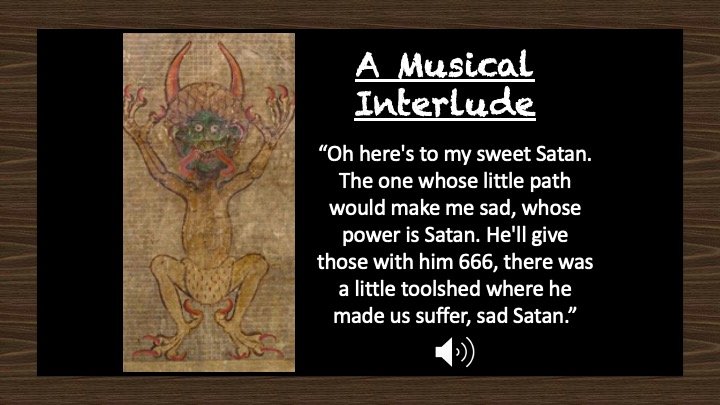Genuine Fake Mind Reading
Using Mentalism Magic Methods to Explore Perceptions and Misperceptions of AI and Neurotechnology
Lecture Notes & Further Reading:
Our peer reviewed-scientific paper discussing our methods for inducing the illusions of advanced technology and the results of some preliminary experiments
A popular science article I wrote giving a more accessible overview
Key References Related to the Mal-Observation Report
[The original report- parts of Davey’s section were also published in the SPR’s Journal, but the Proceedings includes the most complete accounts from the sitters]
Hodgson, R. (1892). Mr. Davey's imitations by conjuring of phenomena sometimes attributed to spirit agency. Proceedings of the Society for Psychical Research 8, 252-310.
[Hodgson’s follow-up that was published after Davey’s death. A response to Wallace’s accusations that Davey had been a ‘genuine’ medium.]
The Society for Psychical Research (SPR). (1891). Obituary. Journal for the Society for Psychical Research, 5, 16.
[Davey’s had intended to continue his investigations, which was one reason why they did not initially publish their complete methods. His untimely death paved the way for Hodgson to publish a more complete account of the tricks]
Wallace, A. R. (1891). Mr. S. J. Davey’s Experiments. Journal for the Society for Psychical Research, 5, 43-44.
[Wallace did not personally attend Davey’s seances, but he did frequent other mediums e.g. Henry Slade]
Slate Writing Images from the talk
Farmer, J. S. (1886). 'Twixt Two Worlds: A Narrative of the Life and Work of William Eglinton. Psychological Press.
Slate Writing Music
matt-tompkins.com/music [Just the chorus of Led Zeppelin’s Stairway to Heaven playing in reverse]
(Devil image is a detail from the Codex Gigas)
Attentional Blindness
Neisser, U. (1979). The control of information pickup in selective looking. In Perception and its Development: A Tribute to Eleanor J.Gibson (pp. 201-219). London: Psychology Press.
Rensink, R. A., O'Regan, J. K., & Clark, J. J. (1997). To see or not to see: The need for attention to perceive changes in scenes. Psychological science, 8(5), 368-373.
Rensink, R. A. (2018). To have seen or not to have seen: a look at Rensink, O’Regan, and Clark (1997). Perspectives on Psychological Science, 13(2), 230-235.
Simons, D. J., & Chabris, C. F. (1999). Gorillas in our midst: Sustained inattentional blindness for dynamic events. Perception, 28(9), 1059-1074.
Simons, D., & Chabris, C. F. (2010). The invisible gorilla: And other ways our intuitions deceive us. New York: Crown.
Simons, D. J. (2010). Monkeying around with the gorillas in our midst: familiarity with an inattentional-blindness task does not improve the detection of unexpected events. i-Perception, 1(1), 3-6.
Reconstructive Memory
Loftus, E. F., & Palmer, J. C. (1974). Reconstruction of automobile destruction: An example of the interaction between language and memory. Journal of verbal learning and verbal behavior, 13(5), 585-589.
Loftus, E. F. (2003). Make-believe memories. American Psychologist, 58(11), 867.
Additional Resources:
My personal website: matt-tompkins.com
Linkden profile: linkedin.com/in/matthew-tompkins/
Twitter: https://twitter.com/MattLTompkins
Lab website: lucs.lu.se/research/choice-blindness-lab/home/
What is Choice Blindness (TED Talk): youtube.com/watch?v=tuEGoAabL9o
Choice Blindness and Political Preferences: journals.plos.org/plosone/article?id=10.1371/journal.pone.0226799
The Science of Magic Association (SoMA): An organization I co-founded that’s designed to facilitate interdisciplinary collaboration

